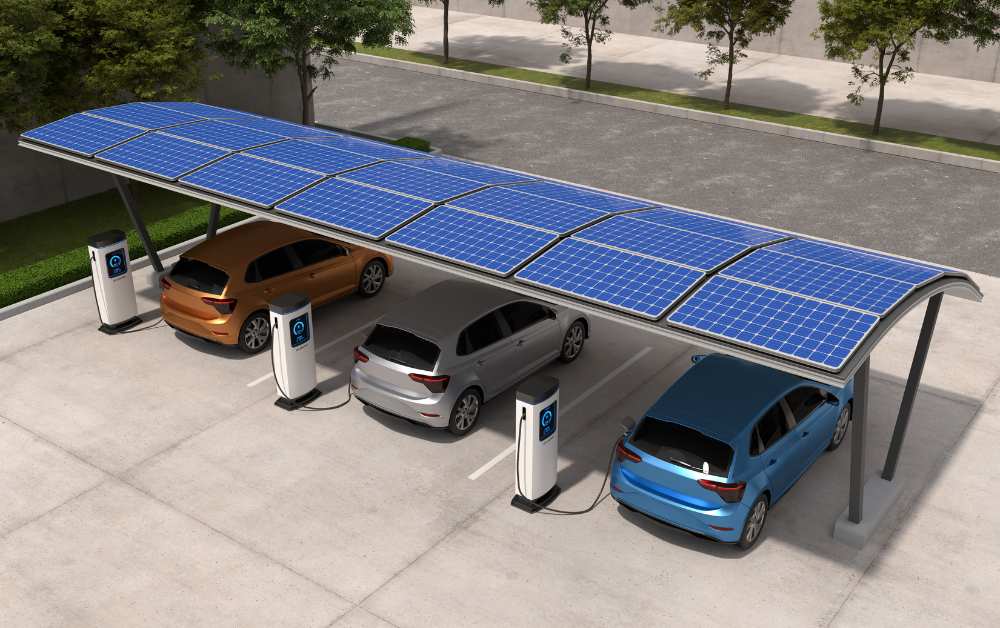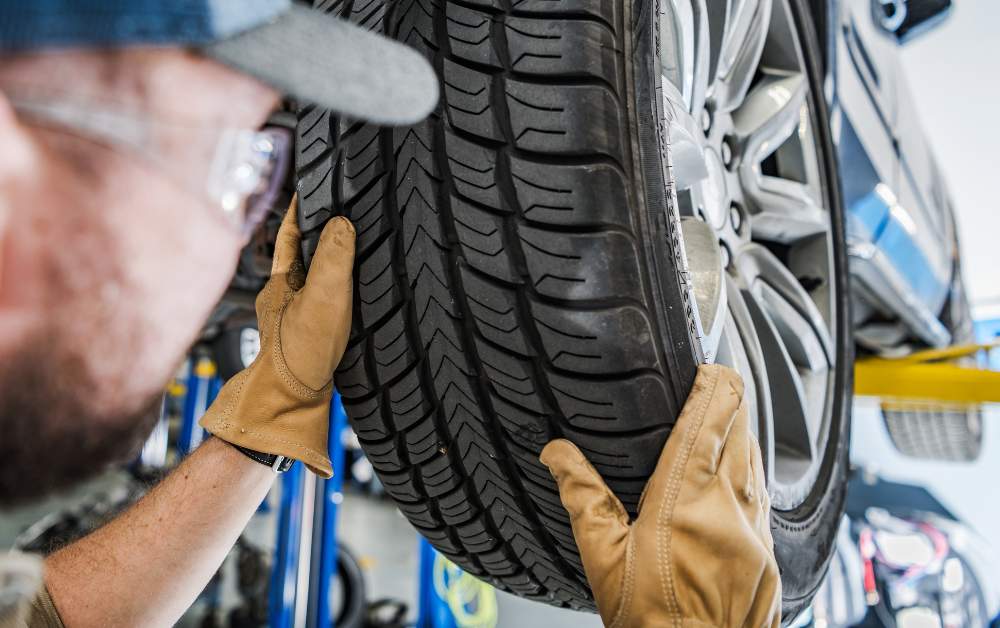In the vast landscape of automotive financing options, car leasing stands out as a popular choice for many drivers in the USA. Whether you’re a seasoned car enthusiast or a first-time buyer, understanding how car leases work is essential for making informed decisions. In this comprehensive guide, we delve into the intricacies of car leasing in the USA, exploring everything from the basics to the finer details.
What is a Car Lease?
At its core, a car lease is a contractual agreement between a lessee (the individual or entity leasing the car) and a lessor (the entity providing the car) for the use of a vehicle over a specified period. Unlike traditional auto loans where you’re financing the purchase of the vehicle, a lease involves paying for the depreciation of the car during the lease term, along with associated fees and charges.
What Are The Key Components of a Car Lease?
Before diving deeper into how car leases work, let’s break down the key components that make up a typical lease agreement:
1. Capitalized Cost:
This refers to the negotiated price of the vehicle, similar to the purchase price in a traditional sale. The capitalized cost includes the vehicle’s selling price, any additional fees, taxes, and other charges. It forms the basis for calculating lease payments.
2. Residual Value:
The residual value is the estimated worth of the vehicle at the end of the lease term. It is determined by factors such as the vehicle’s depreciation rate, anticipated mileage, and market conditions. A higher residual value results in lower lease payments, as you’re only paying for the vehicle’s depreciation over the lease term.
3. Lease Term:
The lease term is the duration for which the lease agreement is valid. Lease terms typically range from 24 to 48 months, although shorter or longer terms may be available depending on the lessor’s policies and the lessee’s preferences. The lease term influences monthly payments and end-of-lease options.
4. Mileage Allowance:
Most lease agreements come with a mileage allowance, which specifies the maximum number of miles you’re allowed to drive the vehicle annually without incurring additional charges. Exceeding the mileage allowance can result in excess mileage fees at the end of the lease term. Lessees should carefully consider their driving habits and choose a mileage allowance that aligns with their needs.
5. Monthly Payments:
Lease payments are the regular payments made by the lessee to the lessor for the use of the vehicle. These payments cover the vehicle’s depreciation over the lease term, along with interest, taxes, and fees. Lease payments are typically lower than loan payments for the same vehicle, making leasing an attractive option for budget-conscious drivers.
Understanding these key components is essential for anyone considering a car lease. By familiarizing yourself with the capitalized cost, residual value, lease term, mileage allowance, and monthly payments, you can make informed decisions that align with your budget and driving needs. Additionally, discussing these components with the lessor and carefully reviewing the lease agreement can help ensure a smooth leasing experience.
Lease Payments:
Unlike auto loans where you’re paying off the entire cost of the vehicle, lease payments cover the depreciation of the car during the lease term, along with interest, taxes, and fees. These payments are typically lower than loan payments for the same vehicle, making leasing an attractive option for those looking to drive newer cars with lower monthly expenses.
End-of-Lease Options:
As the lease term approaches its conclusion, lessees are faced with several options regarding the future of the vehicle. Understanding these end-of-lease options is crucial for planning and decision-making. Here are the typical choices available to lessees:
1. Return the Vehicle:
This option is straightforward – simply return the leased vehicle to the lessor at the end of the lease term. Before returning the car, it’s important to ensure that it meets the lessor’s requirements for wear and tear and mileage limits. Lessees may be responsible for any excess wear and tear or mileage charges incurred during the lease term.
2. Purchase the Vehicle:
Some lease agreements include an option for the lessee to purchase the leased vehicle at the end of the lease term. The purchase price is typically determined by the vehicle’s residual value, which was established at the beginning of the lease.
If you’ve grown attached to the car or find that it meets your long-term needs, purchasing it outright can be a viable option. Keep in mind that purchasing the vehicle may require financing or a lump sum payment.
3. Lease Renewal:
If you’re not ready to part ways with your leased vehicle, you may have the option to renew the lease for an additional term. Lease renewal allows you to continue driving the same car or upgrade to a newer model. Before deciding to renew your lease, consider factors such as changes in your driving needs, lease terms and conditions, and any additional fees or charges associated with renewal.
4. Explore Other Options:
In some cases, lessees may have the flexibility to explore alternative options at the end of the lease term. This could include trading in the leased vehicle for a new lease or purchasing a different vehicle altogether. Before making a decision, it’s important to weigh the pros and cons of each option and consider your budget, lifestyle, and future driving needs.
By understanding these end-of-lease options and planning ahead, lessees can make informed decisions that align with their preferences and financial circumstances. Whether you choose to return the vehicle, purchase it outright, renew the lease, or explore other options, careful consideration and preparation can help ensure a smooth transition at the end of the lease term. Be sure to review your lease agreement and discuss your options with the lessor to fully understand your rights and obligations.
What Are The Benefits of Leasing a Car?
Leasing a car offers several advantages compared to traditional auto financing options like buying a vehicle outright or taking out a loan. Understanding these benefits can help you decide if leasing is the right choice for you. Here are some key advantages of leasing a car:
1. Lower Monthly Payments:
One of the primary benefits of leasing is that it often results in lower monthly payments compared to purchasing a vehicle. Lease payments are typically based on the depreciation of the car over the lease term, rather than the full purchase price. As a result, lessees can enjoy driving a new or late-model car with lower monthly expenses.
2. Warranty Coverage:
Most leased vehicles are covered under warranty for the duration of the lease term. This means that lessees are protected against unexpected repair costs for the duration of their lease. Warranty coverage provides peace of mind and can help save money on maintenance and repairs.
3. Access to Newer Models:
Leasing allows you to drive a new car every few years, providing access to the latest automotive technology, safety features, and styling. Unlike owning a vehicle outright, where you may be hesitant to upgrade due to depreciation and resale value concerns, leasing allows you to enjoy driving newer models without the long-term commitment.
4. Lower Upfront Costs:
Lease agreements typically require lower upfront costs compared to purchasing a vehicle, making leasing more accessible to individuals with limited cash on hand. While a down payment may be required, it is usually lower than the down payment required for an auto loan. Additionally, leasing may not require a large sum of money upfront, making it easier to budget for.
5. Flexible Terms:
Lease terms are customizable to fit your needs and preferences. You can choose the duration of the lease, mileage allowance, and other terms to suit your lifestyle and driving habits. Whether you prefer a shorter-term lease with lower mileage or a longer-term lease with higher mileage, leasing offers flexibility and options to meet your requirements.
6. Tax Benefits:
In some cases, leasing a car may offer tax advantages for business owners or self-employed individuals. Lease payments may be tax-deductible if the vehicle is used for business purposes. Be sure to consult with a tax professional to determine if leasing offers any tax benefits in your specific situation.
Overall, leasing a car can be an attractive option for drivers who value flexibility, lower monthly payments, and access to newer models. By weighing the benefits of leasing against your individual preferences and financial circumstances, you can make an informed decision that meets your needs and enhances your driving experience.
Conclusion:
In conclusion, understanding how car leases work in the USA is crucial for anyone considering this financing option. From the basic mechanics of lease agreements to the benefits and end-of-lease options, navigating the world of car leasing requires careful consideration and research.
By familiarizing yourself with the key components and intricacies of car leases, you can make informed decisions that align with your budget and lifestyle. Whether you’re drawn to the allure of driving a new car every few years or seeking lower monthly payments, car leasing offers flexibility and affordability for drivers across the USA.













